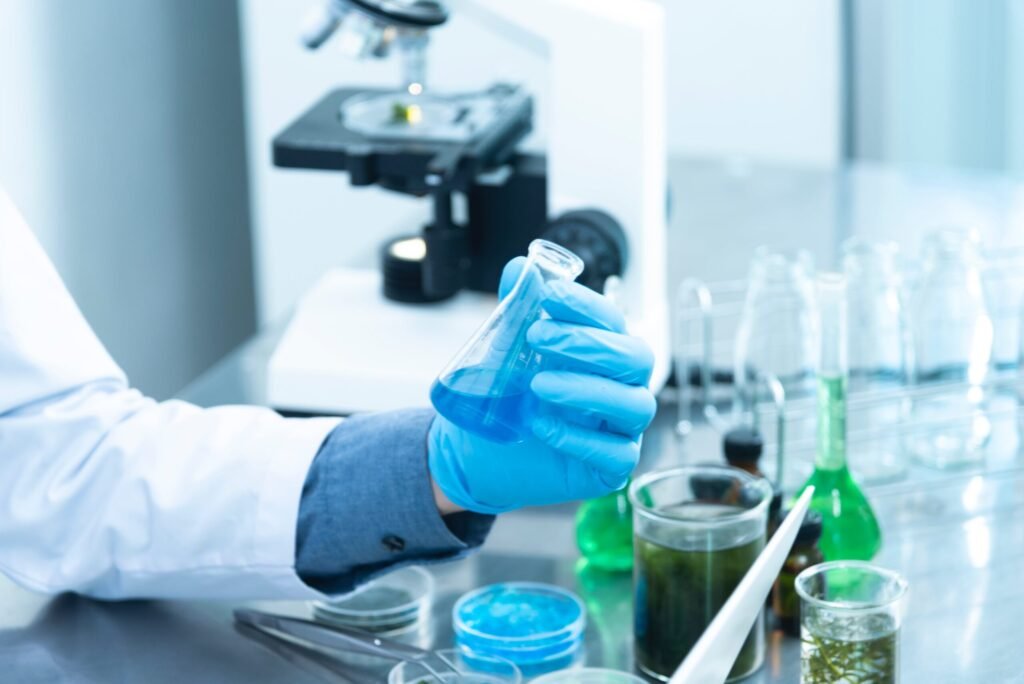In the intricate world of laboratory equipment, every component plays a pivotal role in ensuring accurate results and reliable experiments. Among these, borosilicate 3.3 glass stands out as a cornerstone material, revered for its exceptional properties that meet the rigorous demands of scientific research and experimentation.

Understanding Borosilicate 3.3 Glass
Borosilicate glass is a type of glass that contains significant amounts of boron trioxide, which gives it unique characteristics compared to traditional soda-lime glass. The numerical designation ‘3.3’ refers to its high boron oxide content, which enhances its thermal and chemical resistance properties.
Thermal Resistance: Withstanding Extreme Temperatures
One of the primary reasons borosilicate 3.3 glass is favored in laboratory settings is its remarkable thermal resistance. Unlike ordinary glass, which may crack or shatter under sudden temperature changes, borosilicate 3.3 glass can endure a wide range of temperatures without compromising its structural integrity. This thermal shock resistance is crucial in applications involving rapid heating or cooling, such as in heating mantles, autoclaving, or flame sterilization.
Chemical Inertness: Safeguarding Against Corrosion
Laboratory glassware often comes into contact with various chemicals, acids, and solvents during experiments. Borosilicate 3.3 glass exhibits high chemical inertness, making it highly resistant to corrosion. This property ensures that the glassware maintains its purity and does not react with the substances it holds, thereby preventing contamination and preserving the integrity of experimental results.
Optical Clarity: Facilitating Accurate Observations
Clear visibility is paramount in scientific observation and analysis. Borosilicate 3.3 glass offers excellent optical clarity, allowing researchers to observe reactions, measurements, and color changes with precision. This clarity ensures that experimental data is accurately recorded, enabling scientists to make informed conclusions based on reliable observations.
Durability and Longevity: Sustaining Laboratory Operations
Laboratory glassware is a long-term investment for research institutions and laboratories. Borosilicate 3.3 glass is renowned for its durability and longevity, capable of withstanding frequent use, washing, and sterilization cycles without compromising its performance. Its robust nature minimizes the need for frequent replacement, thereby reducing operational costs and ensuring consistent experimental conditions over time.

Conclusion
In summary, borosilicate 3.3 glass is indispensable in laboratory glassware due to its exceptional thermal resistance, chemical inertness, optical clarity, durability, and longevity. These properties make it the material of choice for a wide range of applications, from basic research to advanced scientific experiments. As laboratories continue to push the boundaries of scientific discovery, borosilicate 3.3 glass remains a steadfast ally, enabling researchers to conduct experiments with confidence and precision.

Very interesting information!Perfect just
what I was looking for!Raise blog range